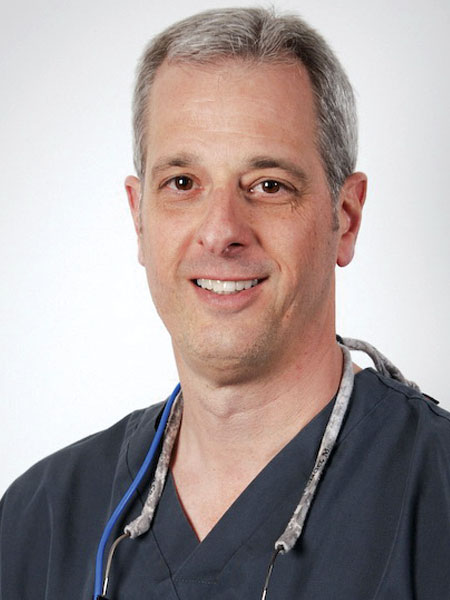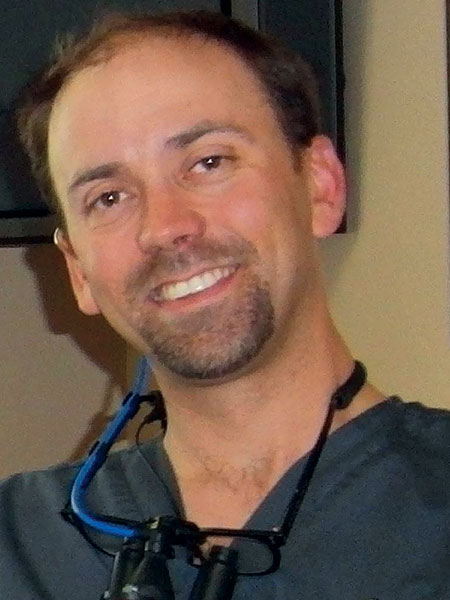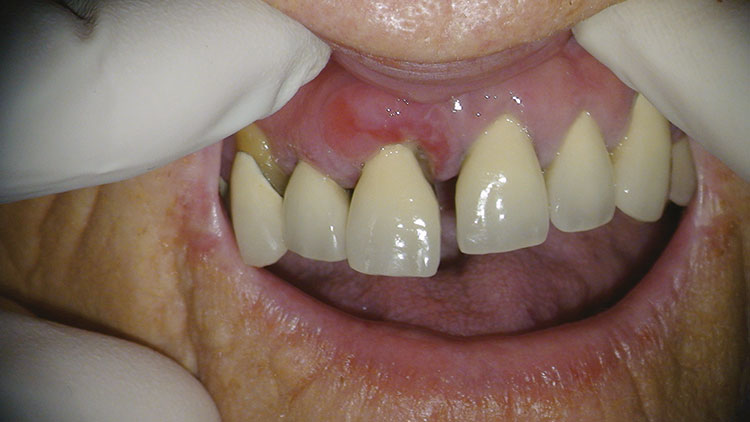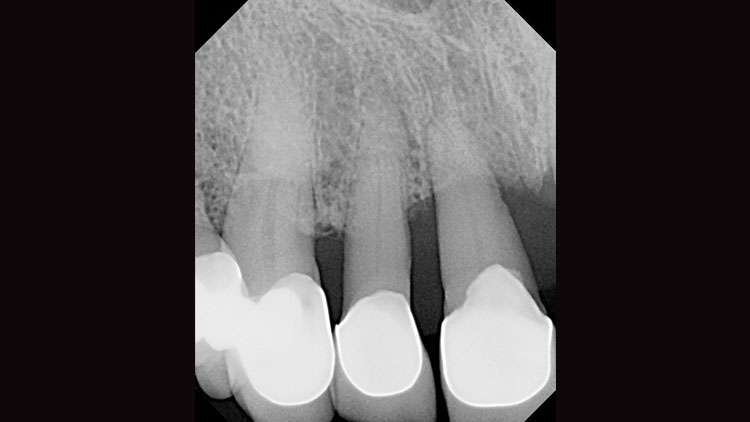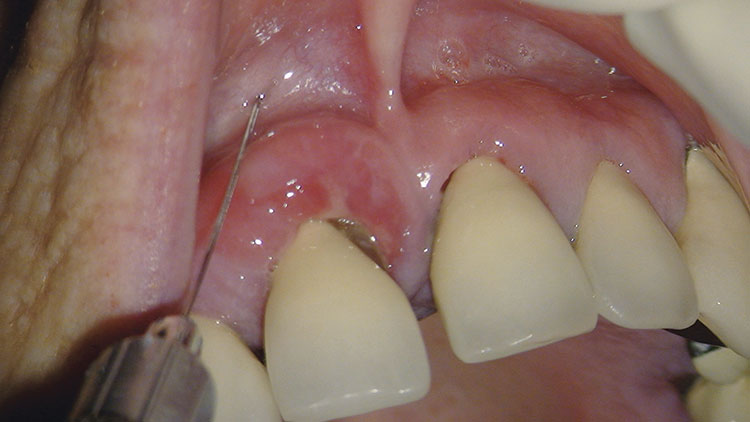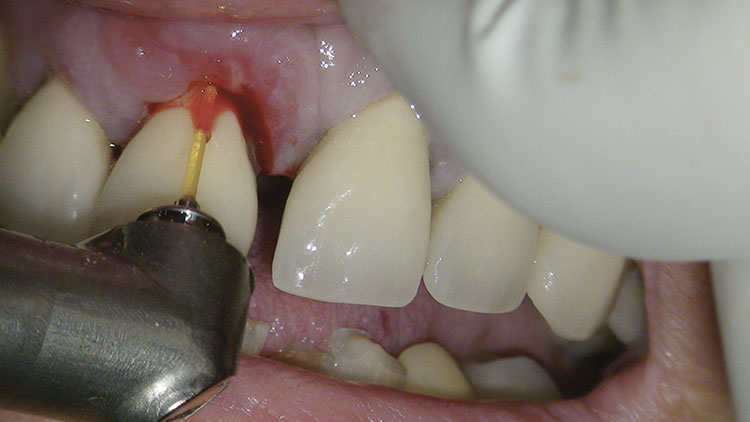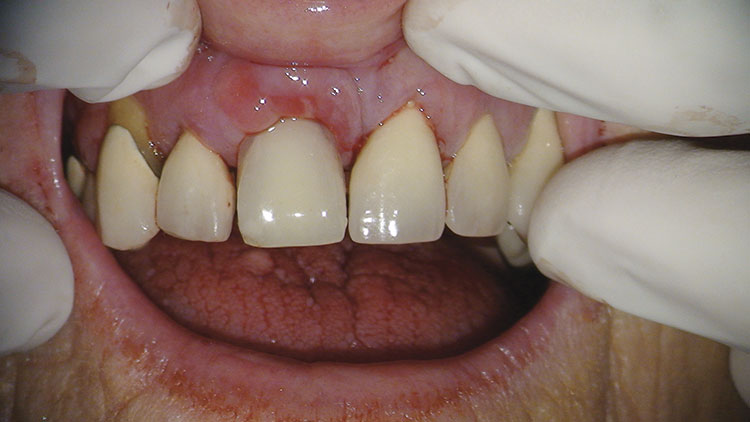Buffered Anesthetics and Laser Use: Efficiency in Scheduling and Productivity
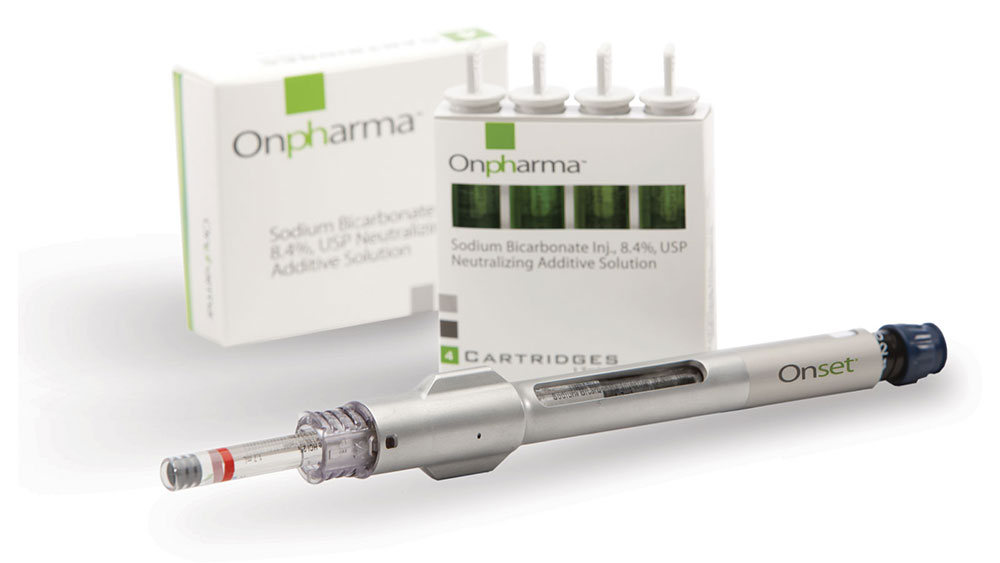
One of the biggest challenges most practitioners face in dentistry is the unpredictability that comes out of anesthetic latency. The inability to predict anesthetic onset time impacts clinicians’ schedules every day. The authors have been using lasers in their respective practices since 2001 with great success. For restorative procedures and some selective surgeries, the erbium laser allows them to work without the limitations of local anesthetic in almost 85% of these cases. Another advantage of laser use is the ability to start the procedure immediately, which is efficient for the office and demonstrates good customer service. Despite finding the laser to be very effective, the authors still occasionally encounter breakthrough pain, resulting in the need for local anesthetic. They also use local anesthetics for extractions, implant placement, endodontics and other more invasive surgeries. They are now seeking the advantage of being able to immediately begin work without leaving the patient when procedures require local anesthetic. They believe if they could combine laser dentistry and more rapid onset of analgesia, they could be more efficient, have more control over their schedules, and potentially see more patients in a day — all of which would substantially increase their productivity.
BUFFERED ANESTHETICS BACKGROUND
While Dr. Colonna was teaching a laser class at his office in Whitefish, Montana, in the summer of 2010, one of the participants, Mic Falkel, DDS, from Monterey, California, asked to share the science of the technology he was working on regarding buffered anesthetic. He explained the chemistry, pharmacology and indications, which are rapid onset of analgesia and less injection pain. Dr. Colonna was very impressed, but skeptical.
The authors’ first experience with the technology, The Onset® Approach (Onpharma; Los Gatos, Calif.), was during that class. As part of their laser training, the authors’ students work on live patients and perform surgical periodontics with the laser, which requires local anesthesia. They were impressed with the results of using Onset with lidocaine on patients — profound anesthesia in just one and a half minutes in most cases. During a demonstration of the product, one of the doctors who was skeptical expressed the desire to have an incisive foramen block just to see if the product worked as advertised. His eyes were closed in anticipation as the injection was administered. Afterward, he wanted to know when it would be done but, in fact, he was already numb. Needless to say, the skeptic became a believer, along with the authors.
HOW IT WORKS
How does buffering local anesthetic actually work? Commercial local anesthetic cartridges are formulated as acidic solutions (compared with the physiologic pH of 7.4) to enhance the solubility of the anesthetic salts and to prolong shelf life.1 Typically, commercial lidocaine solutions have a pH of about 3.9.2,3,4 The pH of the solution is important because it affects the way anesthetic works. Like most other injectable local anesthetics, lidocaine with epinephrine solution contains two forms of the anesthetic salt: the uncharged and deionized, or “active” free base, form, which is lipid-soluble; and the charged or ionized cationic form, which is not lipid-soluble.5,6,7
The deionized form more readily penetrates the nerve membrane to enter the nerve axon, where the anesthetic attaches to receptors on the sodium channels, resulting in a blockade of nerve conduction.8,9 This biochemical process makes the relative availability of deionized anesthetic important in creating clinical analgesia.
Normally, the body buffers the local anesthetic after injection toward physiologic pH, which eventually increases the availability of deionized anesthetic.10 Over time, as this in vivo buffering process continues, more and more of the deionized (active) form of the anesthetic is available. This ultimately leads to nerve blockade. The Onset technology (Fig. 1) offers the means to buffer the anesthetic ex vivo (outside the body) immediately before the injection, rather than the status quo in vivo buffering process, which relies on the patient’s physiology to buffer the anesthetic. Bringing the pH of the anesthetic toward physiologic levels before injection results in rapid onset of analgesia and less injection pain.
Bringing the pH of the anesthetic toward physiologic levels before injection results in rapid onset of analgesia and less injection pain.
CASE PRESENTATION
A 77-year-old woman presented with a need for a full set of implants with dentures. This patient was in fair health, with diagnosed hypertension and depression. Her medications included amlodipine (calcium channel blocker), losartan (angiotensin II receptor antagonist), simvastatin (antilipemic agent, HMG-CoA reductase inhibitor), 80 mg of aspirin, and amitriptyline (tricyclic antidepressant). Her chief complaint concerned an upper front tooth (Figs. 2, 3).
Radiographs found generalized moderate-to-severe horizontal bone loss with no signs of pathology or decay. Clinically, the patient had a large chronic periodontal abscess in tooth #8, which was magenta in color with Miller Class III mobility. Periodontal probing found 9 mm to 10 mm pockets with bleeding on probing on all sites. The authors’ assessment was generalized moderate periodontitis with localized severe chronic periodontitis. Tooth #8 was not salvageable and needed to be removed. Colleagues at Vista Dental Technologies fabricated an interim removable partial denture in less than a day, as the patient was concerned about having no front tooth.
Written and verbal consent were obtained from the patient, and all questions were answered before beginning the procedure. Laser protective eyewear was placed, and 1.7 mL of 2% lidocaine with 1:100,000 epinephrine was buffered with 0.18 mL of Onset sodium bicarbonate neutralizing additive solution. A bolus of lidocaine was expressed to the needle tip and was allowed to disseminate onto tautly held gingival tissues. The liquid was allowed to have topical contact for three to five seconds, allowing the liquid carbon dioxide to act as a topical agent prior to advancing the injection. Contact was then made with the gingival tissue, and slow advancement of the 30-gauge needle was made through the tissue while expressing small amounts of lidocaine to the desired depth (Fig. 4). Approximately one-half of a cartridge of lidocaine was deposited as a buccal infiltration, and approximately one-fourth of the remaining cartridge was deposited using the same procedure on the lingual.
The patient reported a 1 on the pain scale, with 10 being the worst pain she has ever felt. Treatment was initiated 90 seconds after the injection was completed with an erbium laser11 to dissect the periodontal ligaments (Fig. 5).
Atraumatic extraction of the tooth was completed approximately four minutes after injection. The Nd:YAG (neodymium-doped yttrium aluminium garnet) laser was used to complete photobiomodulation12,13,14 of the extraction site and aid in clot formation. The interim partial denture was then placed (Fig. 6), the occlusion was adjusted, and postoperative instructions were reviewed. Upon dismissal, the patient provided the best possible feedback on the experience with the following testimonial: “This has been the most pleasant dental experience of my life. I mean that, and I’ve had a lot of teeth pulled, as you can see.” The authors attribute the efficacy of Onset with much of the success in this case.
CONCLUSION
Like many clinicians, the authors have at times deferred treatment for patients with an abscessed tooth or infection until the patients had been started on antibiotics to allow for more efficient local anesthesia. The authors have experienced a much higher incidence of successful profound anesthesia while using Onset-buffered lidocaine, even on abscessed teeth. This provides more efficient patient care, allowing the dental professional to directly address the source of the patient’s infection in a single visit, provided there is sufficient time. The combination of lasers and Onset enables dentists to treat every case exactly the same way. The clinicians are able to be more efficient and can maintain control of their schedules, which contributes to practice productivity and patient satisfaction.
References
- ^Ruegg TA, Curran CR, Lamb TL. Use of buffered lidocaine in bone marrow biopsies: a randomized, controlled trial. Oncol Nurs Forum. 2009 Jan;36(1):52-60.
- ^Masters JE. Randomised control trial of pH buffered lignocaine with adrenaline in outpatient operations. Br J Plast Surg. 1998 Jul;51(5):385-7.
- ^Hinshaw KD, Fiscella R, Sugar J. Preparation of pH-adjusted local anesthetics. Ophthalmic Surg. 1995 May-Jun;26(3):194-9.
- ^Kennedy RM, Luhman JD. The “ouchless emergency department”. Getting closer: advances in decreasing distress during painful procedures in the emergency department. Pediatr Clin North Am. 1999 Dec;46(6):1215-47.
- ^Bartfield JM, Homer PJ, Ford DT, Sternklar P. Buffered lidocaine as a local anesthetic: an investigation of shelf life. Ann Emerg Med. 1992 Jan;21(1):16-9.
- ^Gupta RP, Kapoor G. Safety and efficacy of sodium bicarbonate versus hyaluronidase in peribulbar anesthesia. Medical Journal Armed Forces India. 2006;(62):116-8.
- ^Hille B. The pH-dependent rate of action of local anesthetics on the node of Ranvier. J Gen Physiol. 1977 Apr;69(4):475-96.
- ^Mehta R, Verma DD, Gupta V, Gurwara AK. The effect of alkalinization of lignocaine hydrochloride on brachial plexus block. Indian J Anaesth. 2003;47(4):283-6.
- ^Gardner JH, Semb J. The relation of pH and surface tension to the activity of local anesthetics. J Pharmacol Exp Ther. 1935 Jul;54:309-19.
- ^Stübinger S, von Rechenberg vB, Zeilhofer HF, et al. Er:YAG laser osteotomy for removal of impacted teeth: clinical comparison of two techniques. Lasers Surg Med. 2007 Aug;39(7):583-8.
- ^Ross G, Ross A. Photobiomodulation: an invaluable tool for all dental specialties. J Laser Dent. 2009;17(3):117-24.
- ^Lins RD, Dantas EM, Lucena KC, et al. Biostimulation effects of low-power laser in the repair process. [Article in English, Portuguese] An Bras Dermatol. 2010 Nov-Dec;85(6):849-55.
- ^Grzesiak-Janas G, Kobos J. Influence of laser radiation on acceleration of postextraction wound healing. Proc. SPIE. 1997;3188:142-6.
- ^Takeda Y. Irradiation effect of low-energy laser on alveolar bone after tooth extraction: Experimental study in rats. Int J Oral Maxillofac Surg. 1988 Dec;17(6):388-91.


